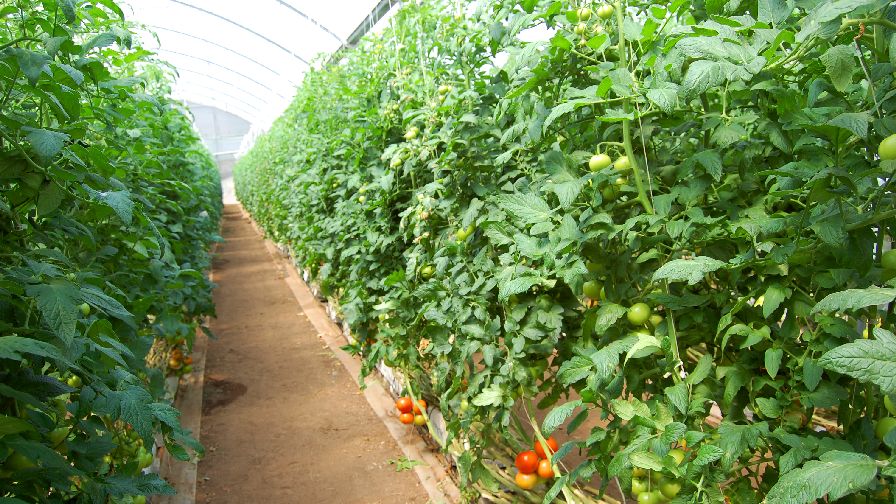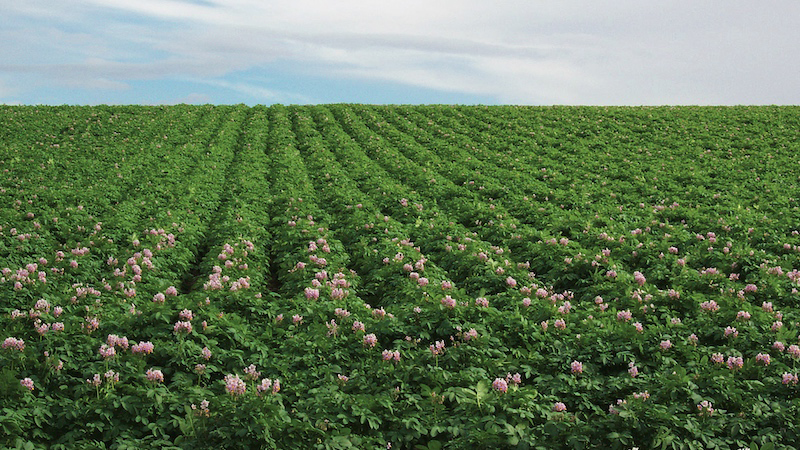A Beginning Greenhouse Grower? Avoid Beginner Mistakes

Floors should be porous so excess water can percolate through. Puddles are an invitation to diseases in the greenhouse.

Are you new in the business of growing greenhouse vegetables? Or, are you just thinking about getting started?
There is a lot you need to learn to succeed in the greenhouse hydroponic business. But you can learn a lot in advance of taking the plunge. In other words, learn from other people’s mistakes so you can prevent doing the same thing.
We’ll focus on a few of the most common areas that have tripped people up in the past with some quick-and-dirty advice.
Site Planning
Water has to go somewhere. So plan for drainage.
A 1% to 2% slope for the greenhouse helps the water drain out easily. Also, the floor should be porous so excess water can percolate through the floor. Gravel works well. Puddles are an invitation to diseases in the greenhouse.
Also, build the greenhouse so it does not get shade from tall trees or structures. Shadows will be a continuous problem in limiting light, and trees or branches may fall and cause damage.
Production Tips
Fertilizers. Use a fertilizer formulated for greenhouse hydroponic tomatoes, lettuce, or whichever vegetable you are growing. Do not use an all-purpose greenhouse fertilizer, such as a 20-20-20. This works great for ornamentals but is far from ideal for vegetables.
Pest Management. Learn in advance what the most common insect pests and disease symptoms look like. Scout the greenhouse daily so that as soon as a problem occurs, you’ll catch it and have a plan of attack to ameliorate the problem before it spreads and becomes a crop-threatening situation.
pH. Try to get your fertilizer solution pH close to the range of 5.6 to 5.8 for tomatoes grown in containers in the greenhouse. pH that is too high or too low causes nutrient uptake problems and limits your yield potential.
Varieties. Choose varieties that are bred for greenhouse production. These have superior disease resistance over garden or field varieties. In addition, they will yield better in the greenhouse than field types, with fewer physiological defects.
Problem Resolution. If problems pop up (and they will), contact your Extension educator and ask for help. Often a few, well-taken pictures go a long way to document the problem, whether it be environmental, pathological, insect, nutritional, or something else.
Make Smart Business Plans
Marketing. Do not wait until the week you are picking to find stores that will buy your produce. Instead, market your items in advance by visiting produce managers, restaurants, or farmers’ markets so you know exactly where you will go at the first pick.
Selling. Decide in advance if you want to wholesale or retail. Retailers need to be good “people persons,” spending time chatting with each customer. Also, you have to be OK with customers dropping by at all hours, any day of the week, even if you have your hours posted on a sign.
If this is not you, try to wholesale all or most of your crop. Retailers make more money per pound, but wholesalers save a lot of time that is spent dealing with each customer. If you do sell retail, your location is very important.
Educate Yourself
Finally, learn as much as you can before you take the plunge. Moreover, continue to learn every year. Attend short courses and conferences, read Extension publications, find internet resources, especially those written by university faculty, and visit colleagues who are also growers. It’s OK to ask questions!










